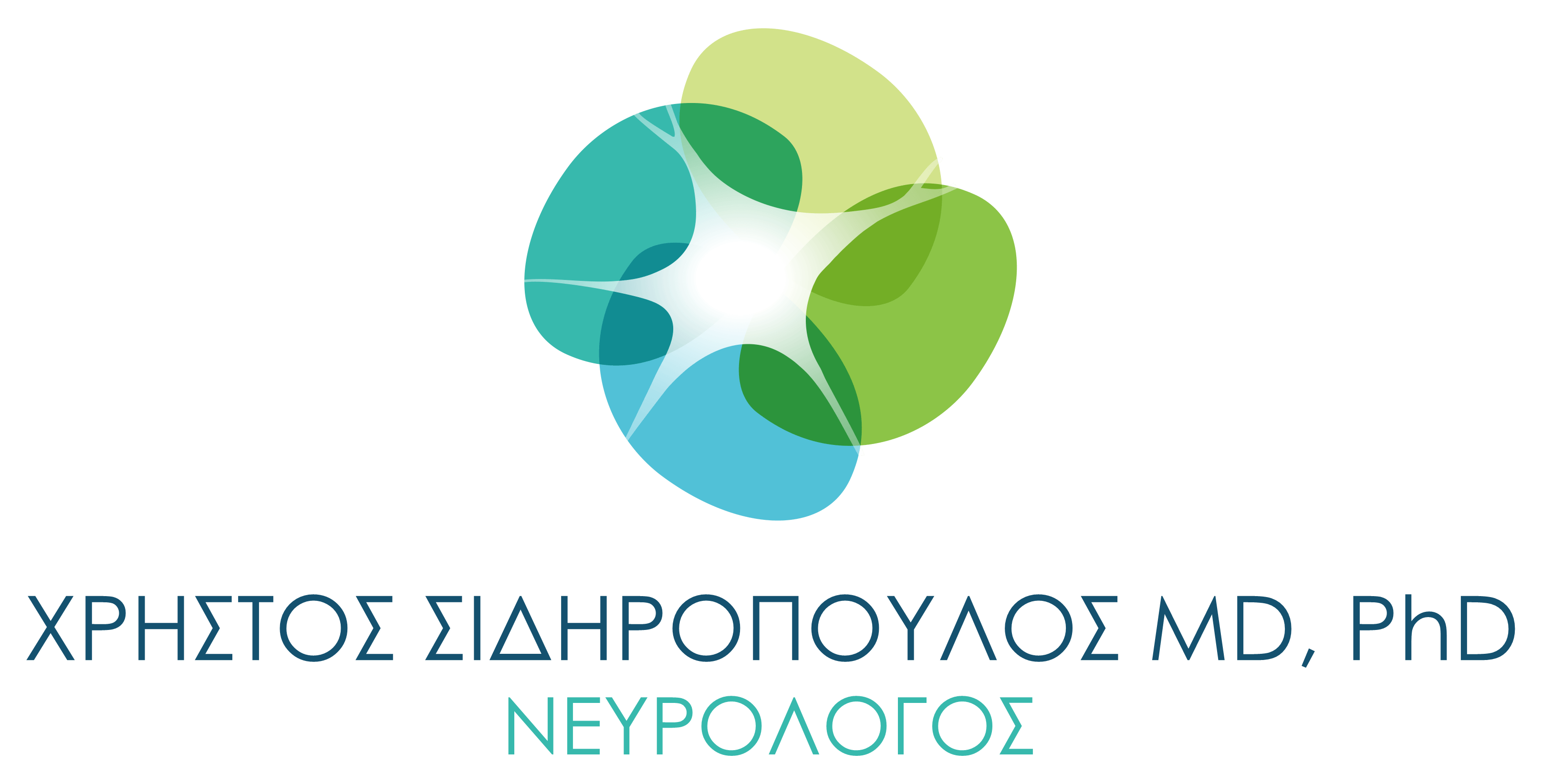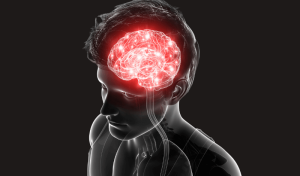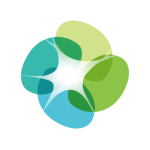Written by Dr Christos Sidiropoulos, MD, PhD, FAAN, Associate Professor of Neurology, Michigan State University, Former Division Chief of Movement Disorders at the Department of Neurology, Michigan State University
Parkinson’s Disease is the second most common, after Alzheimer’s Disease, neurodegenerative condition worldwide. It affects about 1% of people above the age of 65. In Europe and the USA there are about one million people with the disease. Today, there are many oral treatment options with initially very good results, for a particular period which depends on the patient. However, the disease progresses and within 4 to 6 years since diagnosis most patients develop a less predictable response to their motor (tremor, rigidity, bradykinesia, gait disturbance) and non-motor symptoms.
This issue gets worse over time and can only temporarily be addressed with adjustments in the oral medication regimen. At this stage invasive medical therapies can be considered, like pump and neurostimulator systems. These therapies are in order of increasing invasiveness the subcutaneous apomorphine pump (apomorphine is a dopamine agonist in use for decades), the intrajejunal levodopa gel pump (jejunum is the proximal part of the small intestine) and the deep brain stimulator systems that provide intermittent electrical stimulation in deep brain structures with very good therapeutic results. These treatment modalities, which are available in specialized centers in Greece, staffed by experts in their placement and use, can substantially improve the patient quality of life. Their comparative effectiveness is similar in terms of motor improvement and quality of life but they do not reverse or slow down the course of the disease.
There are some differences in the patient profile suitable for these advanced therapies as well as differences in potential side effects. For example, the subcutaneous apomorphine pump is minimally invasive and easy to use, but it is probably best for younger and healthier, from a cognitive and clinical standpoint, patients, as it can sometimes cause hallucinations, confusion, low blood pressure, nausea and sleepiness.
The intrajejunal levodopa gel pump is placed by a specialized and experienced gastroenterologist and can be used by patients throughout the whole Parkinson Disease spectrum irrespective of cognitive decline. However, it does imply greater nursing care and a possible tube exchange every few years. Finally, Deep Brain Stimulation (DBS) is a technique that has been in use for decades and allows for greater autonomy and is an excellent treatment choice in medically resistant tremor. A neurosurgeon with special training is needed for accurate electrode placement, as well as good patient cognitive function. There are small but real risks related to neurosurgical intervention. In any case, the role of a movement disorders specialist is key, to choose the right therapy, weighing risks and benefits for each individual patient. Additionally, a network of experienced specialists and associates, such as neurosurgeons and gastroenterologists, can guarantee the best possible results. Therefore, patients with advanced Parkinson Disease can hope for a significant improvement in their quality of life and look at their future with more optimism. Finally, new advancements like the subcutaneous levodopa administration systems and newer Deep Brain Stimulation systems will allow for an easier achievement of treatment goals and a reduction in potential unwanted effects.
Dr Christos Sidiropoulos, MD, PhD, FAAN, is an Associate Professor of Neurology, Michigan State University and Former Division Chief of Movement Disorders at the Department of Neurology, Michigan State University. He has authored more than 60 peer reviewed papers in international journals and is a member of international societies related to the study of movement disorders. He has extensive experience in the management of patients with advanced Parkinson’s Disease and has managed hundreds of patients with Deep Brain Stimulation (DBS) Systems. He has trained and worked in the USA, Canada and Germany.
He runs a private practice specialized in Movement Disorders and is also a Consultant Neurologist at St Luke’s Hospital in Thessaloniki, Greece.



